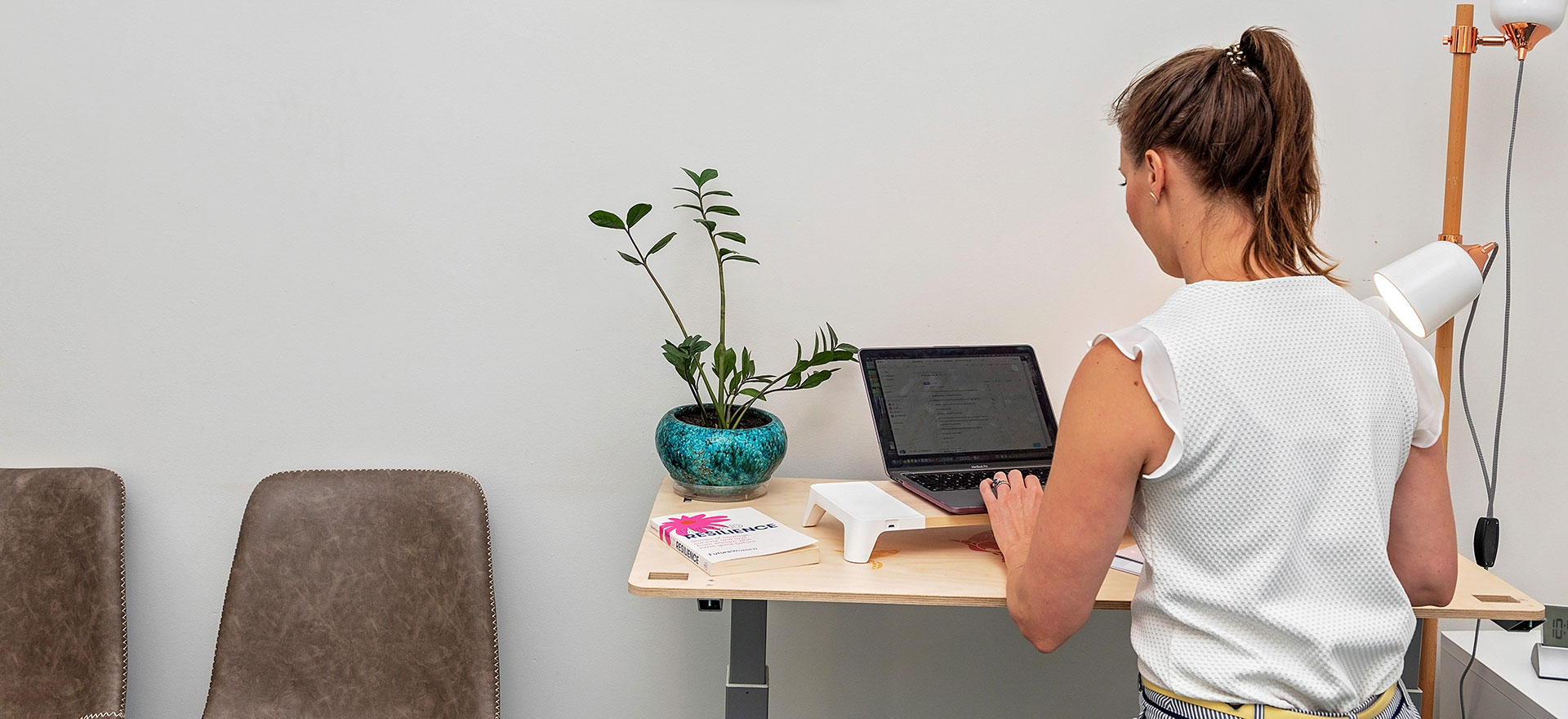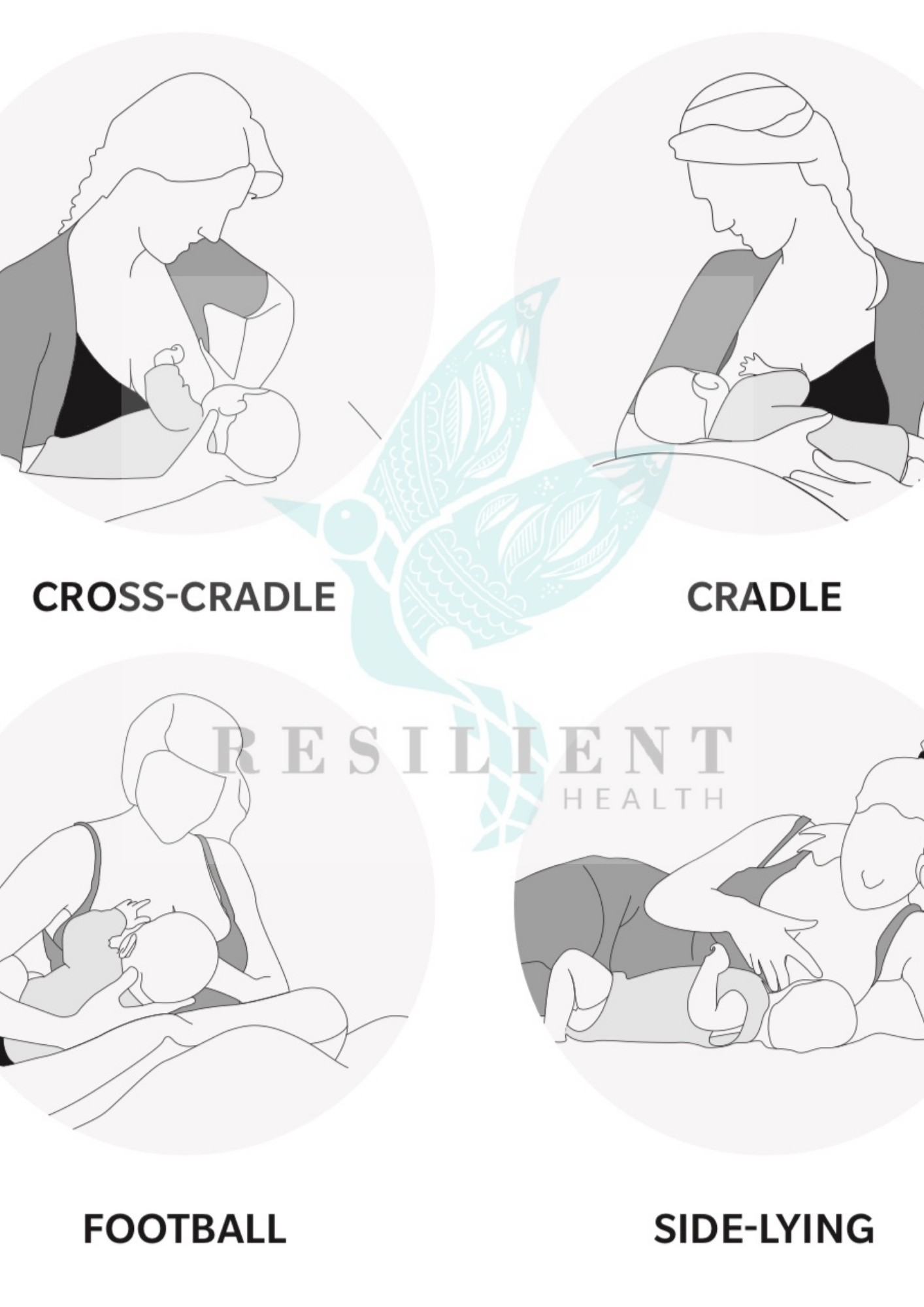ANTIFRAGILE HACKS FOR YOUR POSTURE (Part 1)!
A Resilient view on the importance of posture!
Written by Dr Courtnay Wood (Osteopath) and Dr Casey Beaumont (Osteopath)
“Attend carefully to your posture. Quit dropping and hunching around. Speak your mind. Put your desires forward, as if you had a right to them- at least the same right as others. Walk tall and gaze forthrightly ahead. Dare to be dangerous.” -Jordan B. Peterson
Posture is an integral part of health and functional movement. It helps to reduce unnecessary tensions through the body and appropriately distribute load through joints and ligaments.
Postural control is a motor skill that allows individuals to interact with their environment.
Maintaining a stable posture is achieved through the regulation of the center of mass (most of you) and the base of support (how you contact the surface of the Earth)!
Base of support is EASY!
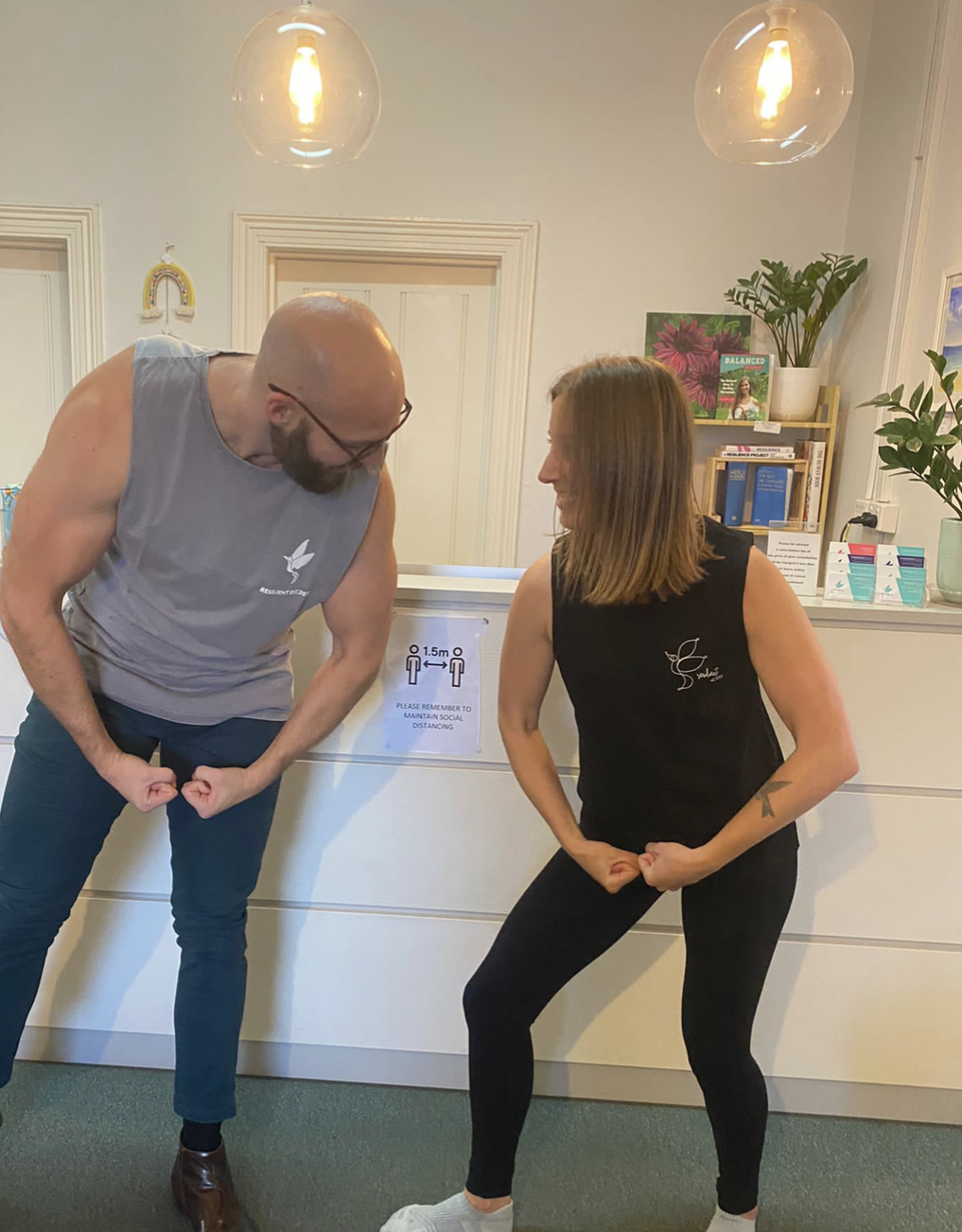
You will have been reminded or taught by one of our Resilient practitioners to try “standing like a tee pee”. Stepping your legs slightly wider than shoulder width, this position does not allow you to lean to one side, AND it INCREASES your base of support, making you more STABLE!
SO, how do we keep our mass in the center?!
We can use cues like those for the “foot tripod”, anterior abdominal connection and “bring your ears back over your shoulders” (that is, deep neck flexor activation).
The foot tripod is an exercise that requires an even weight bearing distribution across both feet at 3 points – the ball of your big toe, the ball of your little toe and the center of your heel. This activates the inner thigh and glutes to provide support through the lower body and limbs. Try to do this whenever you are standing. Eventually it will become second nature and prevent you from shifting from foot to foot.
Maintaining the connection through your abdominals will help to support the lower back and diaphragm. Think about slightly drawing your lower ribs to your pelvis to engage through your core; at the same time, draw your shoulder blades down and back to activate your latissimus dorsi muscles.
Activation of your deep neck flexors will help with upper body posture and neck stability. Slightly draw your chin back and elongate through the back of your neck concurrently. It is a very subtle movement but will provide support for your head on-top of your neck.
In SUMMARY:
While sitting:
1. Feet planted firmly on floor
2. Draw your shoulder blades together and down your back slightly
3. Draw your chin back slightly – lengthening through the back of your neck
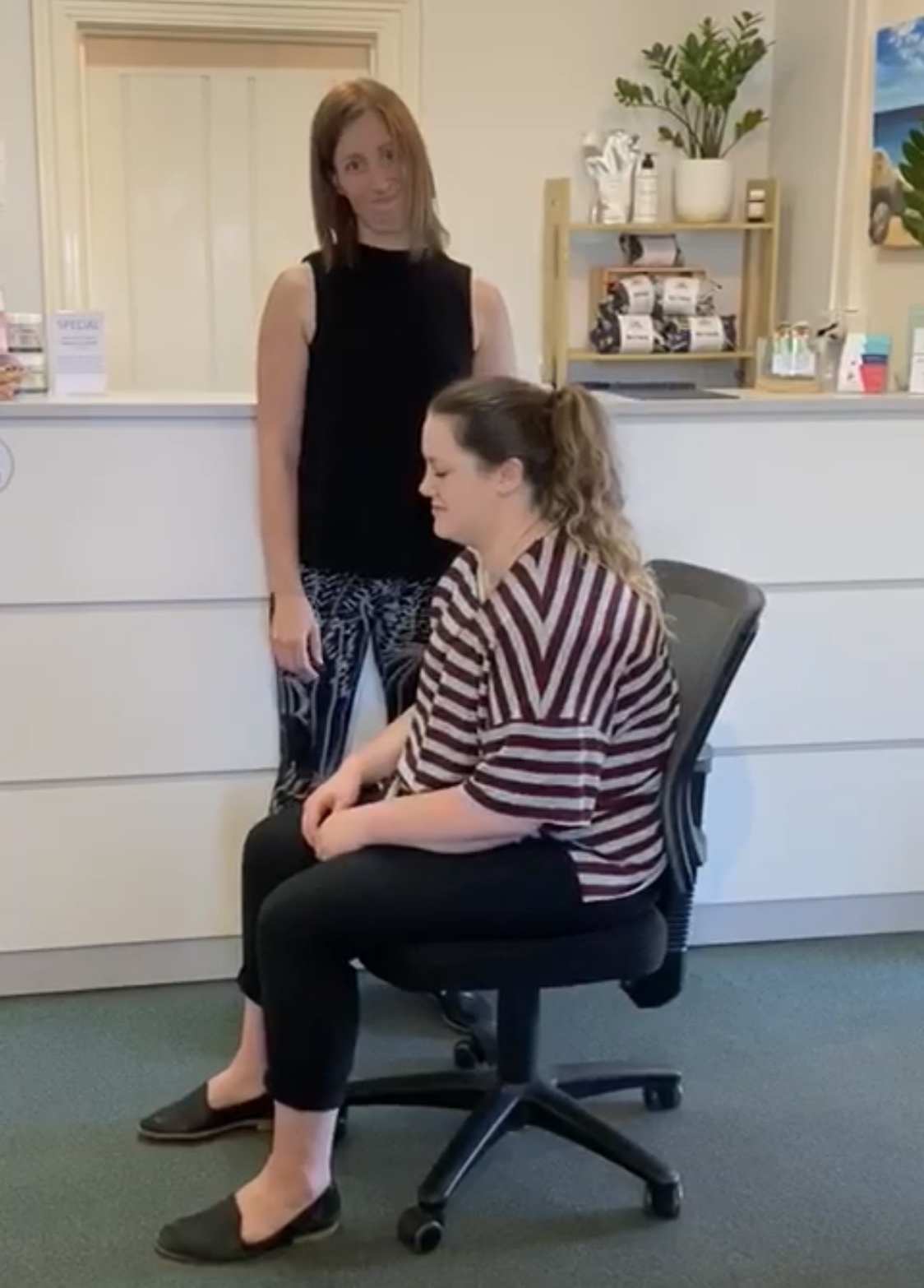
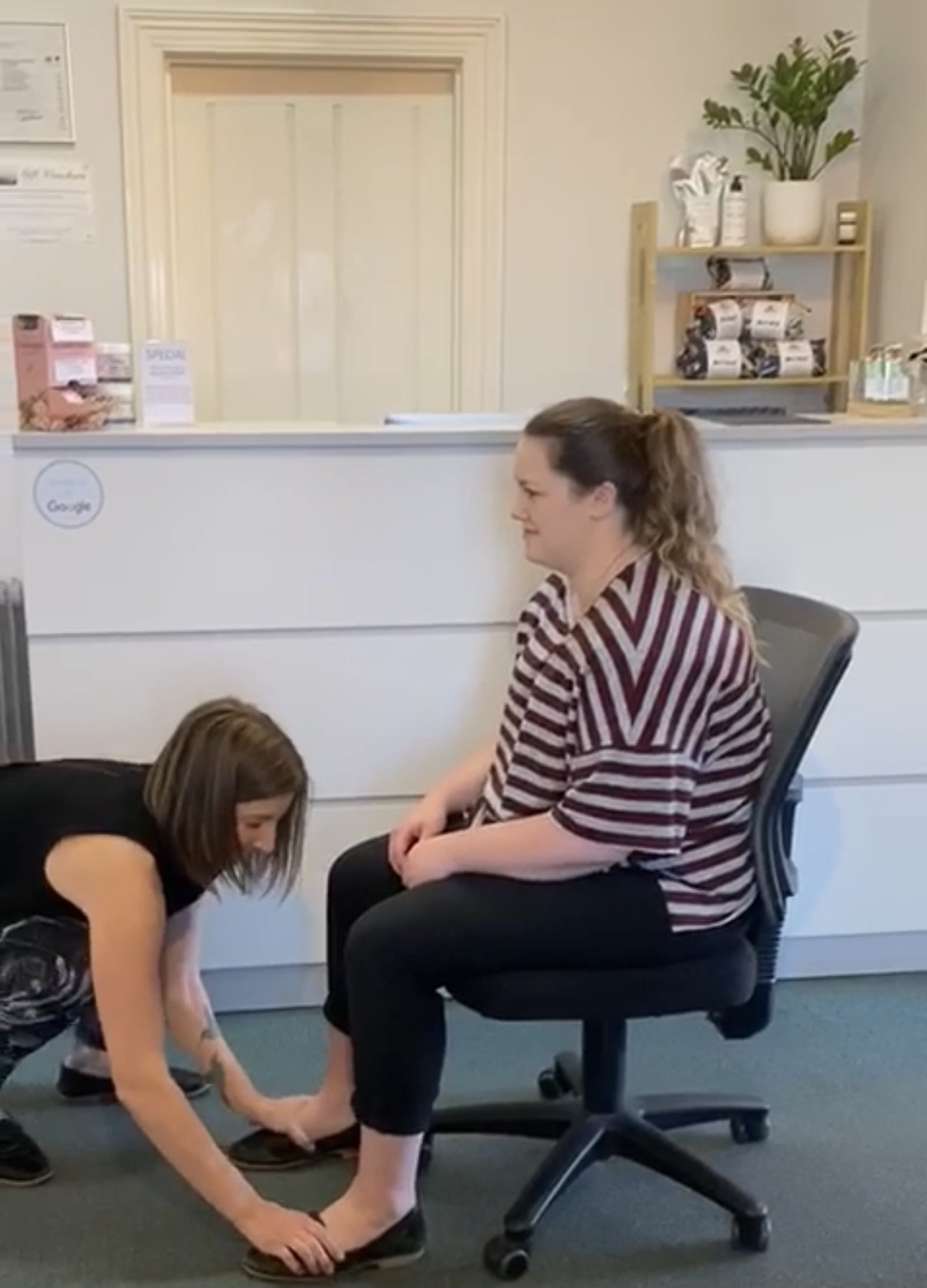
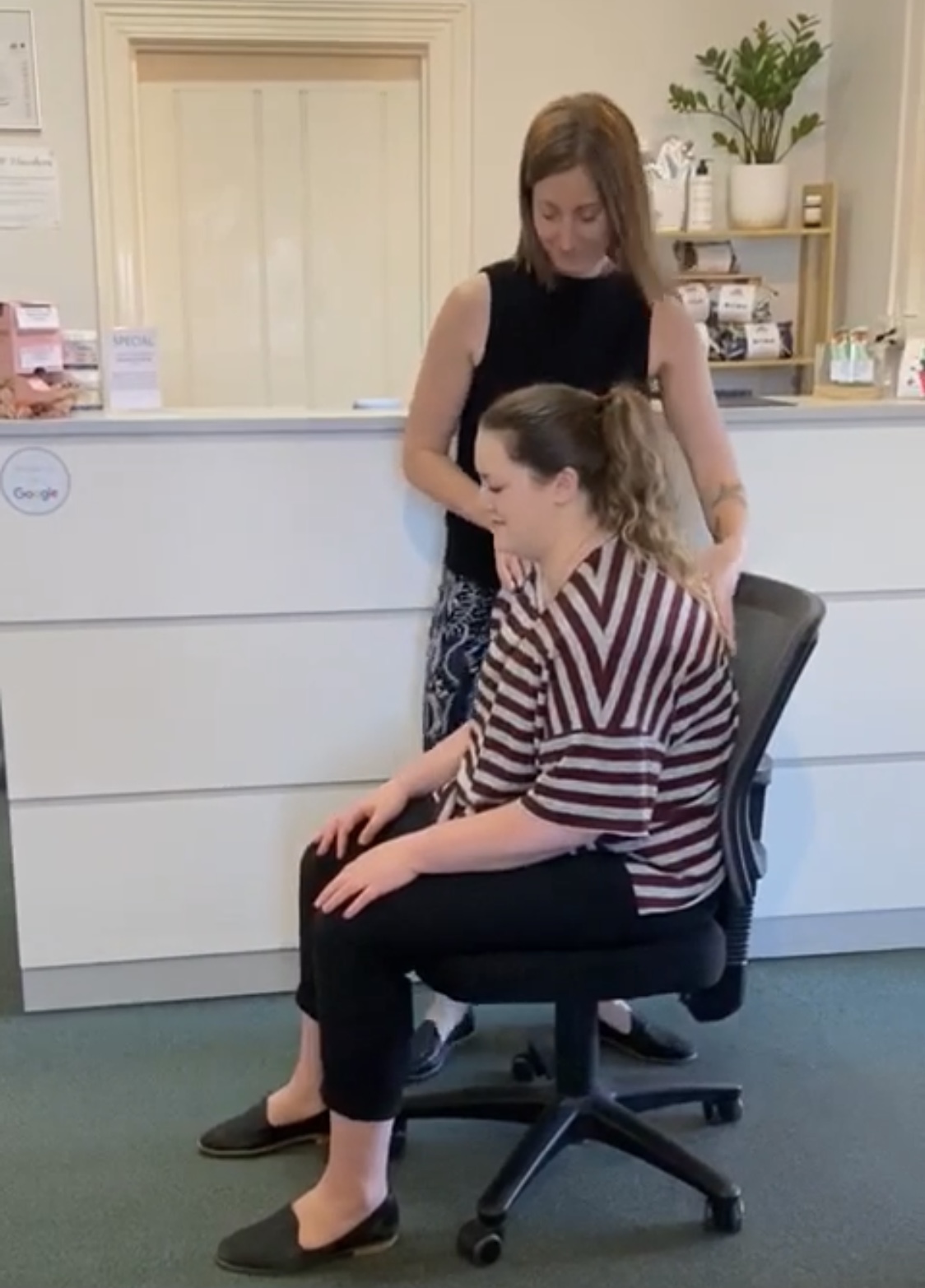
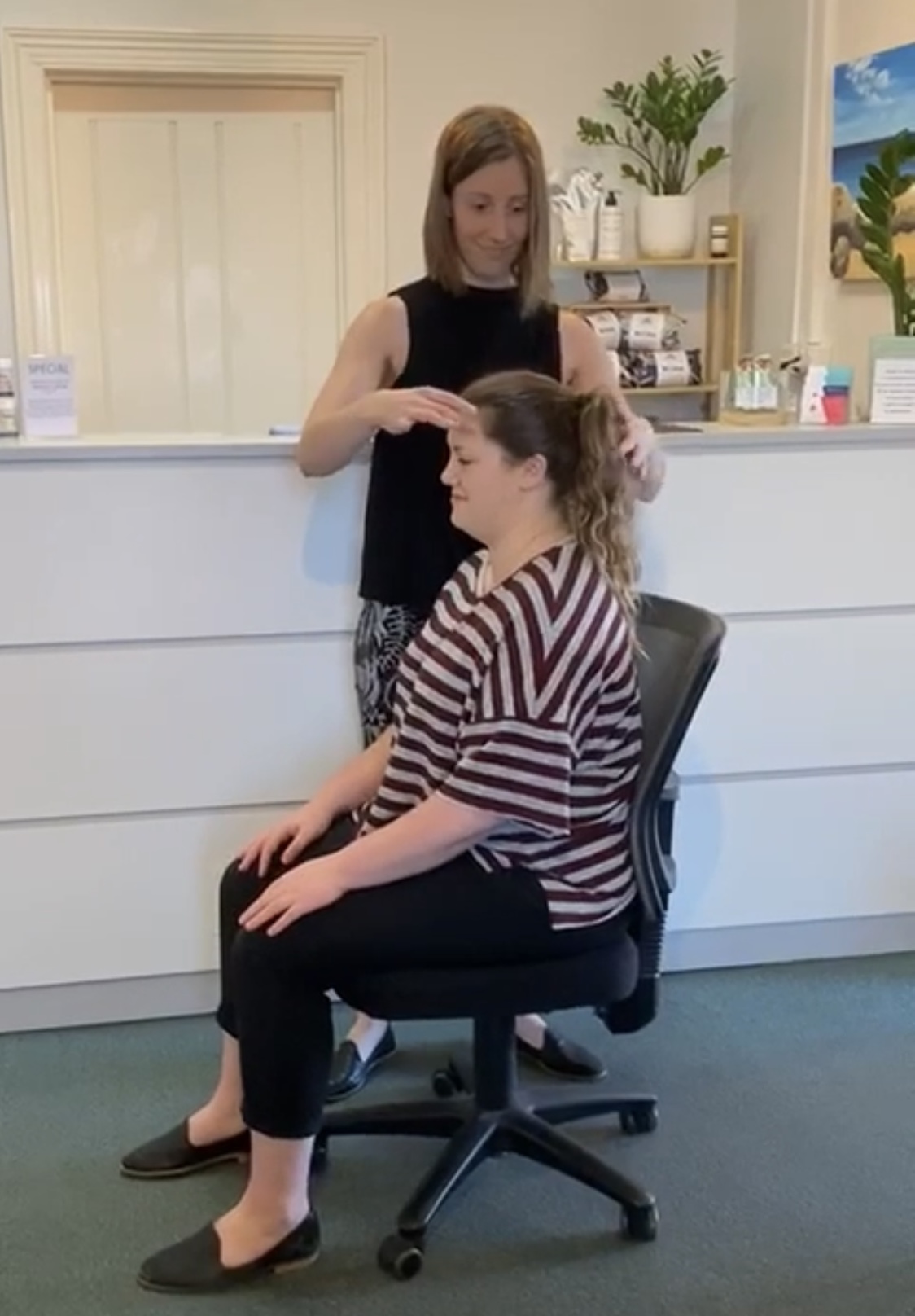
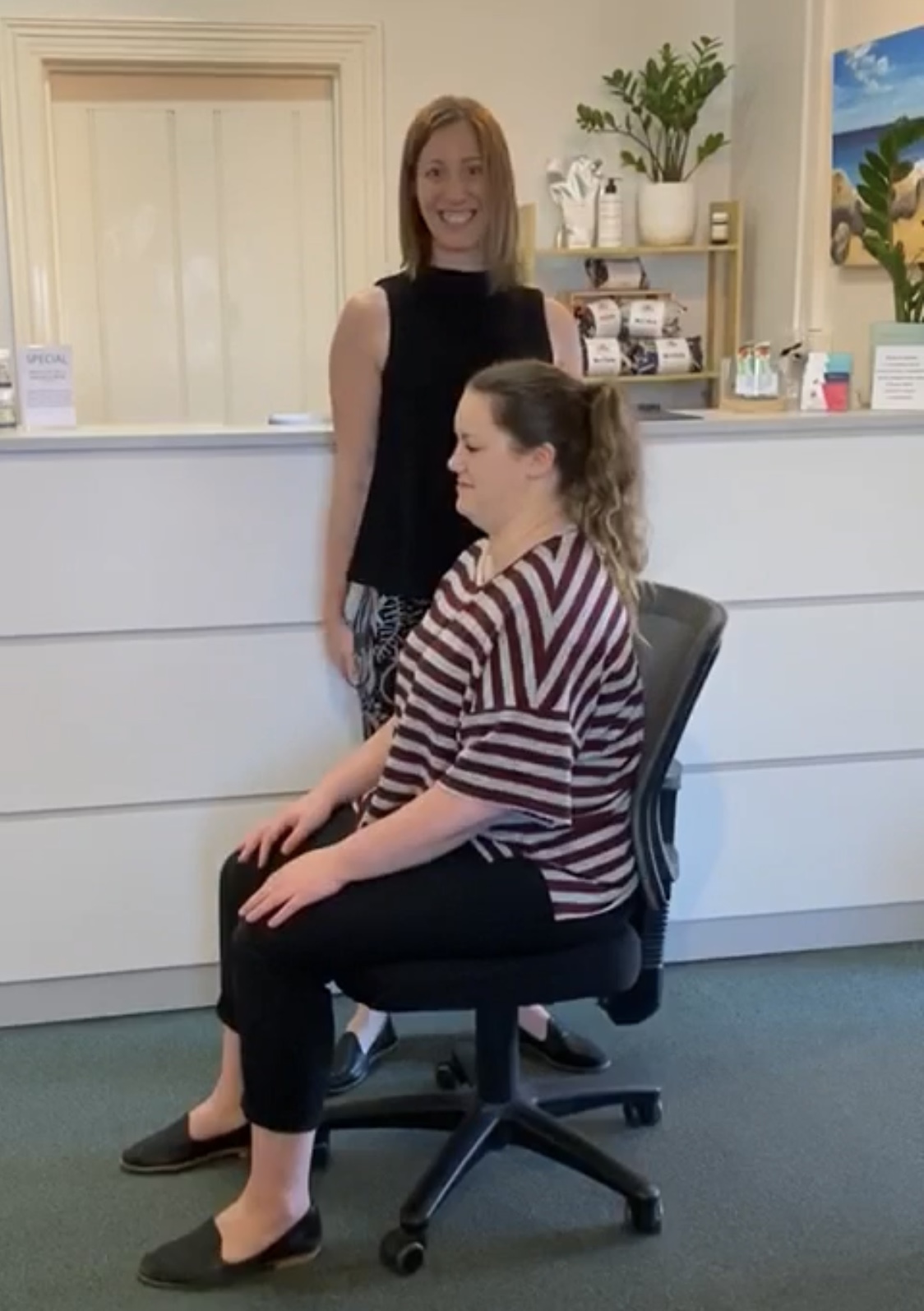
While standing
1. Feet firmly planted on floor… LIKE A TEE PEE!
2. Draw your shoulder blades together and down your back slightly
3. Brace through your abdomen
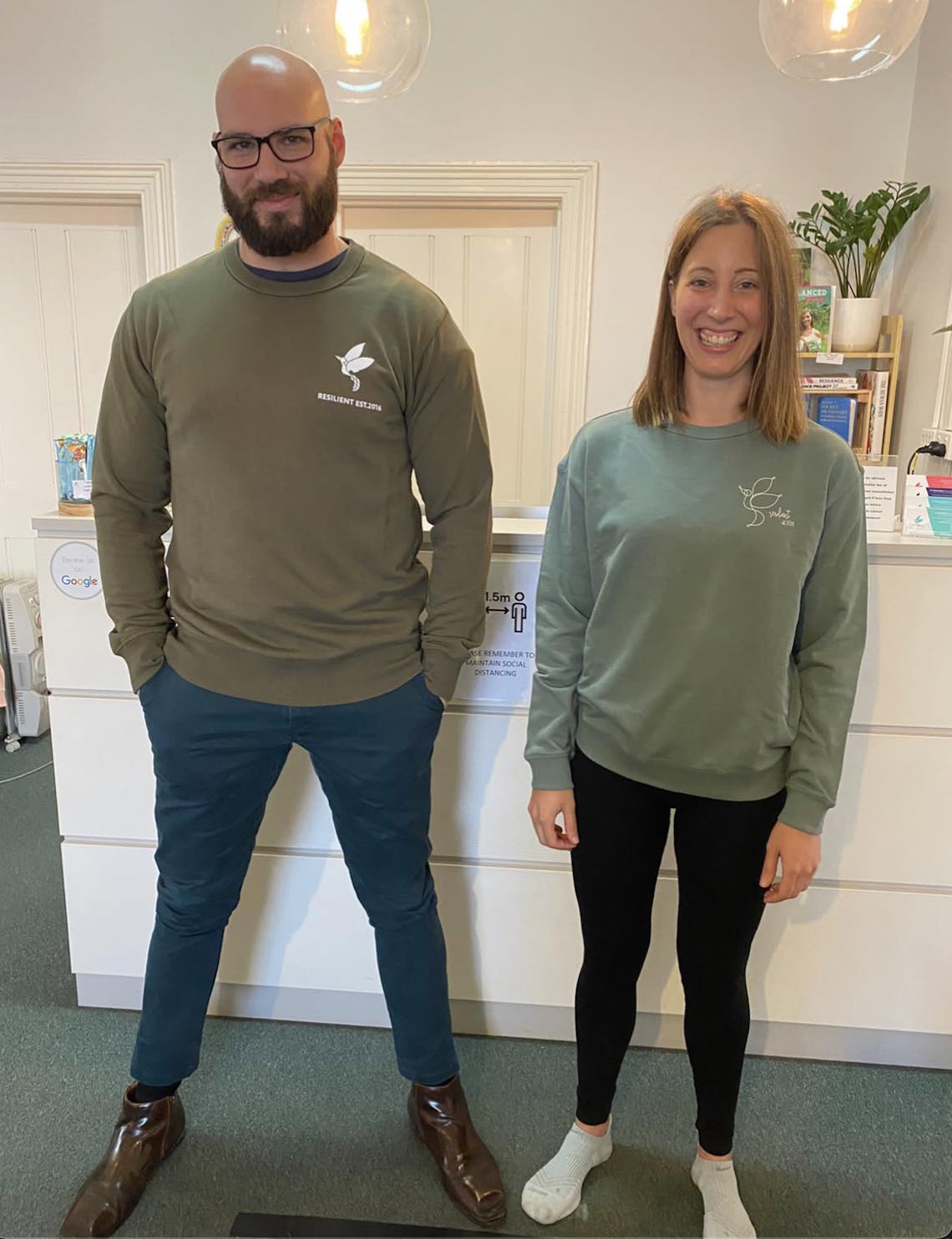
AND we haven’t forgotten baby feeding:
Bring your tiny human to you, as much as you can: Avoid leaning forward as this can create strains through your upper body and neck.
Support yourself and your baby with pillows: Putting a pillow under your baby can help to support them and save your arms from fatigue. As well as stop you from having to lean too far forward and strain your upper back and neck.
As much as you can, set yourself up with everything you need within reach.
**Next time you're in- please ask your Resilient practitoner for our nifty ANTIFRAGILE MUMMA handout with some other things you might need :D
See you in the clinic!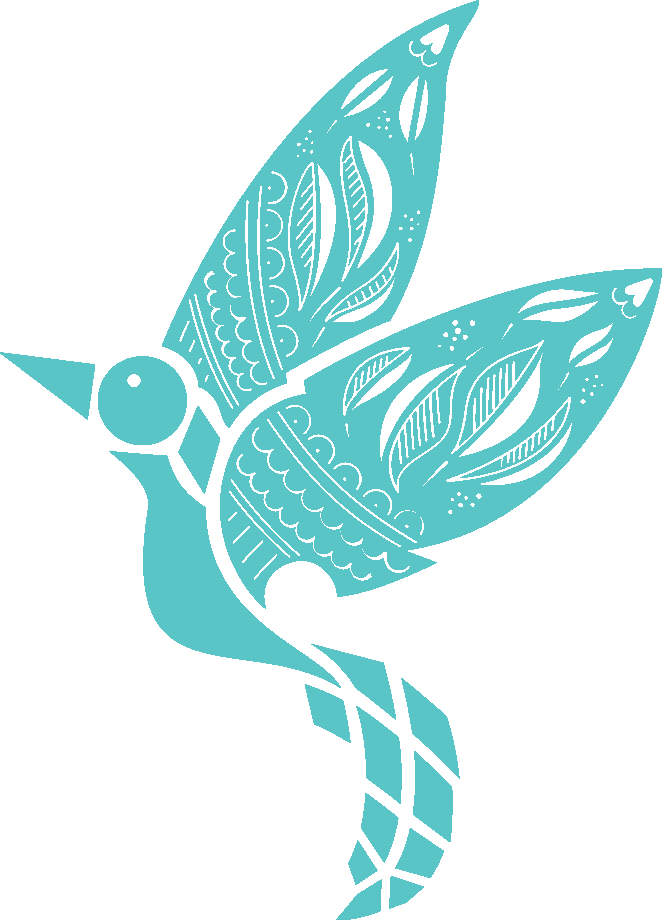
The Resilient Health Team
